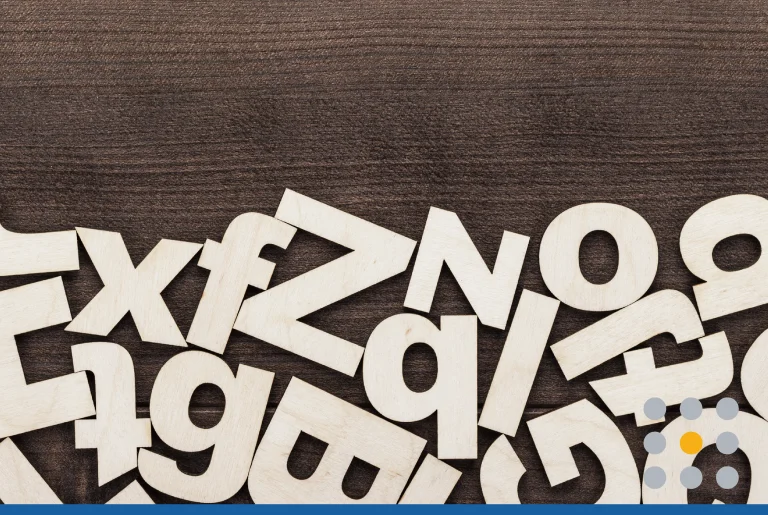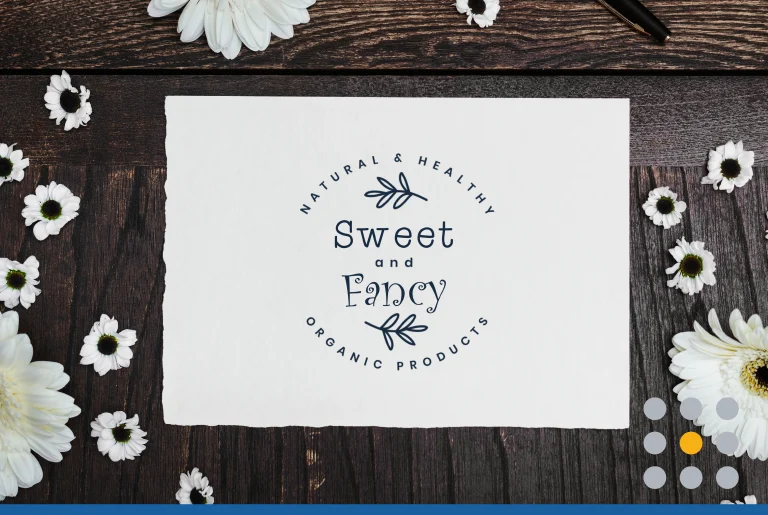Just as colors invoke certain feelings in the customer and are connected to different meanings, so too are shapes. A shape is the outline of an area or figure; it’s a geometric figure that can be recognized on a global scale. Shapes can be as complex as dodecagons and as simple as triangles. When it comes to logo design, shapes play a key role in brand messaging.
Shapes and forms send subliminal messages to potential customers that you may not be aware of. If you have yet to design a logo, it’s important to understand the different shapes and the meaning behind each.
Different types of shapes
It is widely accepted that there are three main types of shapes: geometric shapes, organic shapes, and abstract shapes.
Geometric shapes are often associated with mathematical equations and include your most common forms, such as square, circle, triangle, oval, rectangle, and diamond.
Organic shapes can be most closely associated with the four elements (earth, water, wind, fire). These could be floral shapes, water droplets, leaves, or clouds. Organic shapes don’t necessarily need to be symmetrical either and their lines are often more free-flowing.
Abstract shapes are unpredictable, asymmetric, and complex. These shapes are sometimes a combination of geometric and organic shapes. This logo design style is an interpretation of real-life ideas or directions but translated into a loose representation of the image.
Geometric shapes and what they mean
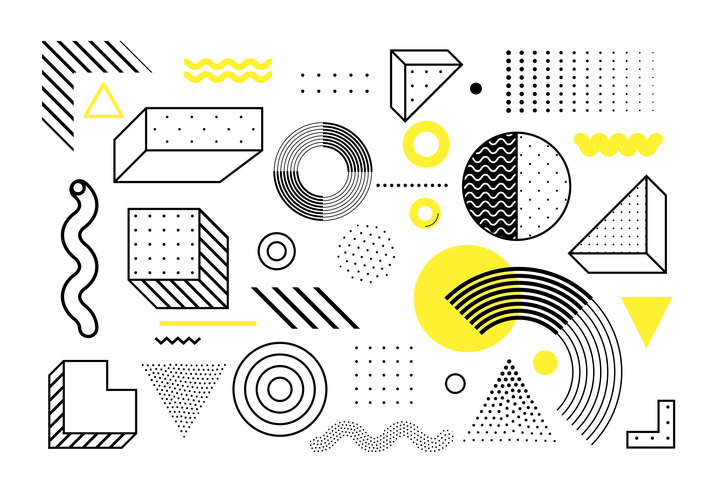
- Circles and ovals. As one of the oldest shapes known to man, the circle shape can be found in every culture. This shape can be found everywhere from religion to branding. Zen Buddhism believes that the circle stands for perfection, unity, and enlightenment. Ancient Greeks associated the circle with creativity, and the Romans later associated it with monotheism. When logo design is concerned, circles can either enclose other design elements, or they can block design elements. Intel’s logo, for example, is of a circular shape and houses the business name within. Pepsi’s logo, on the other hand, leaves the business name on the outside of the circle. No matter which design variation you decide on, the circle will always represent the same ideals, which are unity and strength.
- Squares and rectangles. Squares and rectangles are the most common shapes in logo design. Squares are associated with equality, stability, reliability, and conformity. While some might think of squares and rectangles as a “boring” shape, there’s a reason why they’re so popular. This shape is tied with anything that has to do with the number four (because of it’s four sides), such as the seasons, compass directions, elements, and more. Square-shaped logos feel homely, safe, and dependable, which is a great attribute for any business looking to build trust in customers. If you’re looking to design a wordmark or combination style logo, a rectangular design will work best.
- Triangles. Symbolizing power, light, and energy, triangles are often used as a beacon of hope in many religions and ancient civilizations. Triangles are associated with anything that comes in threes, such as mind, body, and spirit, or past, present and future. On the flip side, triangles can also symbolize tension and instability due to its odd number of sides and points. Triangles are the lead used shape out of all of the geometric shapes when a logo design is concerned. However, triangles encourage eye movement throughout the logo design and, when utilized correctly, can create a perfect sense of balance. There are multiple types of triangles, including equilateral, right-angled, and obtuse triangles – all of which can be utilized in logo design.
Organic shapes and what they mean
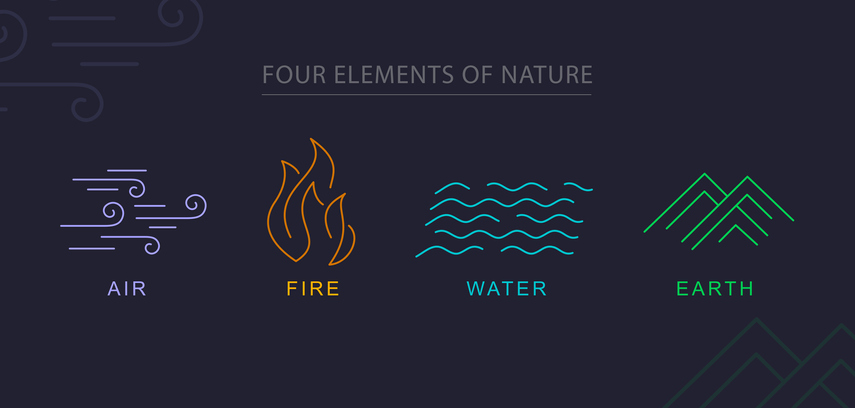
- Earth shapes. Flowers, leaves, trees, and rocks are common organic shapes. There is both order and chaos in organic shapes when it comes to logo design. Floral designs symbolize hope, tranquility, and feminity. Earth-based shapes in logo designs provide customers with a sense of grounding. Businesses with earth shapes in their logos are trustworthy, welcoming, and assertive in their industry field.
- Water shapes. Waterfalls, droplets, and waves are other common organic shapes that are often found in logo design. Water symbolizes dynamism, fluidity, purification, stability, and change. Many outdoor-focused businesses will have organic water-based shapes in their logo design, symbolizing that they are dynamic and devoted. Water is also often represented as an inverted triangle, another popular geometric shape in logo design.
- Air shapes. Associated with life, knowledge, imagination, harmony, and creativity, this organic shape is popular among tech-based companies, music-related businesses, and travel agencies. Air shapes include spirals, clouds, wind, and swirling lines and are used in conjunction with text-based logos or combination style logos. Businesses with air shapes in the logo design are big proponents of being innovative, imaginative, and communicative.
- Fire shapes. Fire as an element symbolizes passion, energy, inspiration, and strength. Brands such as Mozilla Firefox and Google’s Firebase all use fire in their logo design. This organic shape is used mainly by tech-based companies as it tends to be associated with dynamism and vision, two traits that help tech startups become successful. Businesses using fire-based shapes will often use a triangle pointing upwards, which is the geometric symbol for fire.
Abstract shapes and what they mean
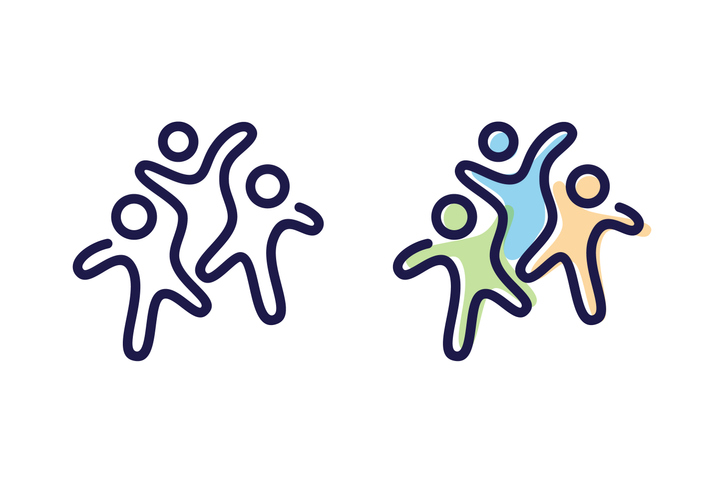
Abstract shapes can be a combination of multiple geometric shapes in order to create a larger image. In logo design, circles and ovals can be combined to form the Apple logo. Squares combine to form Microsoft’s famous “window” icon. SoundCloud’s organic cloud logo is also abstract due to the addition of vertical lines.
Logo designs with abstract shapes are abundant across all industries and make up the majority of combination style logos (icon + text). Typographic glyphs and icons are both considered abstract shapes as well. Abstract shapes are ideal for businesses who are looking to create movement and negative space in their logo design.
Using shapes in logo design
Now that we know the different types of shapes used in logos, it’s time to address why and how we use shapes to create the perfect business logo. Logo designers use shapes to accomplish the following:
- Turn ideas or concepts into symbols for easier understanding and recognition.
- Organize complex information through separation or connection.
- Convey a particular mood or emotion to the customer, such as trust or happiness.
- Create depth, movement, or texture to a logo design to aid in brand recognition.
- Control how a customer’s eye travels throughout the entire logo design.
- Emphasize a particular section or aspect of the logo design that makes it more memorable.
When designing a business logo, try to ensure that any shapes in the background of your logo are simple and large. For example, if you have a badge or emblem logo design, you can opt for a hexagonal perimeter shape that attracts attention and then leads the eye towards the center of the shape where the business name would be. It’s all about using a large shape to draw the focus inwards.
That being said, try to limit the use of shapes in your logo design. For example, if you’re a salon or spa, you’ve probably opted for an organic-based shape in your logo. Since organic shapes are already more fluid than geometric shapes, it’s best to leave geometric shapes out of the design. Clashing shape styles end up making your logo design cluttered and disjointed. Try to stick to just one or two shapes, or opt for an abstract shape.
Where can you design a logo using shapes?
You can design a logo for your business using abstract, geometric, and organic shapes right here at FreeLogoServices. Our logo gallery has thousands of pre-made templates, many of which include shapes and icons that represent dozens of industries. Create a logo for free in minutes!

